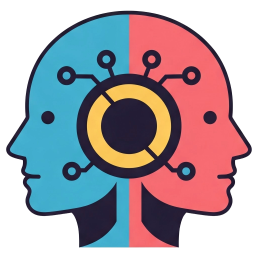Understanding Quantum Computing: A Deep Dive into Grover’s Algorithm
In the realm of advanced technology, quantum computing stands out as a revolutionary concept that promises to reshape the future of computing. Unlike classical computers, which process information using bits as either 0s or 1s, quantum computers leverage the principles of quantum mechanics to utilize qubits. This fundamental difference enables quantum systems to perform complex computations at unprecedented speeds, potentially solving problems that are currently intractable for classical machines.
One of the most fascinating aspects of quantum computing is Grover’s Algorithm. Developed by Lov Grover in the 1990s, this algorithm provides a significant advantage in searching unsorted databases. Grover’s approach allows a quantum computer to find a specific item in a database of N entries in roughly √N steps, a dramatic improvement over the classical method that would require O(N) steps.
This enhanced efficiency stems from the unique ability of quantum systems to explore multiple possibilities simultaneously, thanks to superposition and entanglement. The implications of Grover’s Algorithm extend far beyond theoretical puzzles; they hold promise for practical applications in fields such as cryptography, optimization, and data retrieval.
As we continue to uncover the vast potential that quantum computing offers, Grover’s Algorithm serves as a compelling example of how this technology can transform our approach to problem-solving. By harnessing the power of quantum mechanics, we may soon be able to tackle some of the most daunting challenges in computing, paving the way for a new era of technology.
In future posts, we will explore additional algorithms and principles of quantum computing, paving the way for a deeper understanding of this groundbreaking field. Stay tuned!









Leave a Reply